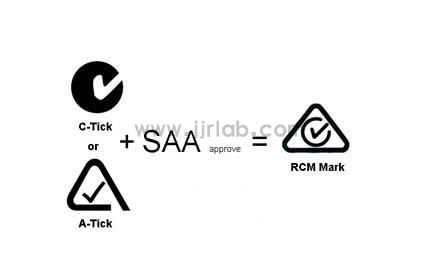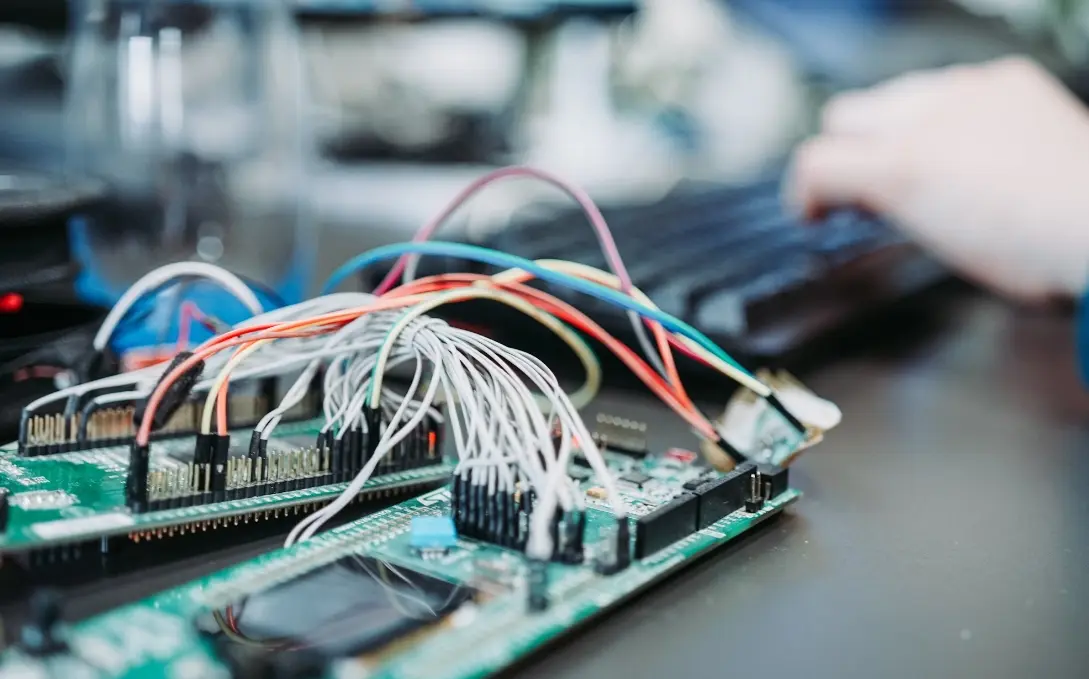
RCM safety and EMC compliance process in Australia
Latest Registration Requirements for Australia RCM
1. The new regULation officially came into effect on March 1, 2013.
2. SAA registration and C-Tick registration will be gradually phased out, replaced by RCM registration, which covers both safety and EMC (C-Tick may still apply to some low-power wireless products).
3. All electronic products will be classified into three categories: High, Medium, and Low Risk.
- No detailed classification boundaries have been published.
- Generally:
- Battery-poweRED and products with voltage below 12V → Low Risk.
- Standard voltage 240V products → Medium Risk.
- High-voltage products → High Risk.
- Grace period: Low-risk products – 6 months; Medium and High risk – 3 years (recommended by relevant Australian associations, but not yet officially confirmed by the government).
4. Only Australian local companiescan apply for RCM registration, and they must obtain an RCM number from the Australian government.
- Chinese manufacturers/exporters can apply for IEC or AS/NZS reports in their own name, but the RCM application must be submitted by the Australian importer.
- Annual registration fee: AUD 75 per product per trademark.
- Example: An Australian company has two trademarks A and B. They import the same batch of products from China, half branded A, half branded B → AUD 150/year in registration fees.
5. Experts predict that, since importers bear the risk of non-compliant products and non-Australian companies cannot directly apply for RCM, more medium/large Australian companies will stop asking Chinese manufacturers to handle SAA applications. Instead, they will appoint reputable laboratories to provide reliable reports and test data, and then handle RCM applications themselves.
6. Technically, Australian laboratories can apply for RCM on behalf of a company. However, due to high legal liability, most labs are unlikely to take this risk, and if they do, the fees may be high.
7. Australia and New Zealand are introducing the rcm mark as a unified electrical product label. It is a trademark owned by the regulatory agencies of both countries, indicating compliance with both safety and EMC requirements. It is non-mandatory.

RCM Mark
RCM = Safety + EMC + Importer Declaration
1. Safety (Product Safety Registration)
Product safety registration includes two parts: Prescribed Productsand Non-Prescribed Products.
Prescribed Products
- Classified under AS/NZS 4417.2, including:
- Heating appliances
- Refrigeration equipment
- Power tools
- Components, etc.
- Three main issuing authorities: Queensland, New South Wales, Victoria.
- Mandatory: Must obtain a Certificate of Approvalissued by regulatory authorities, with a specified label (must include certificate number).
- The first letter of the certificate number indicates the issuing state/territory:
- Q04051 → Queensland (Q Number)
- W2015 → Western Australia (W Number)
- V03101 → Victoria (ESV Certificate V Number)
- NSW18099 → New South Wales (DOFT Certificate NSW Number)
Non-Prescribed Products
- No registration required for sales, but manufacturers must ensure compliance with AS/NZS 3820:1998 (Essential Safety Requirements for Low Voltage Electrical Equipment).
- Authorities may issue a Certificate of Suitability.
- Products with this certificate may include the certificate number, with the last letters showing the issuing state:
- CS/431/Q → Queensland
- CS/108/NSW → New South Wales
2. EMC (Electromagnetic Compatibility)
- Based on the Radio Communications Act 1992.
- Covers a wide range of products:
- Electrically driven and heated appliances
- Power tools
- Lighting equipment
- TVs and audio equipment
- IT products
- Industrial, scientific, medical devices
- Internal combustion engines, arc welding equipment, etc.
- Classification by interference risk:
- Class 1: Minimal effect (manual switches, simple relays, brushless squirrel-cage motors, transformers, resistors, etc.) – optional C-Tick mark.
- Class 2: Moderate effect (microprocessor-based devices with clocks, rectifiers, arc welding equipment, switch-mode power supplies, dimmers, motor speed controllers, IT terminal devices).
- Class 3: Severe effect (industrial, scientific, medical equipment – CISPR 11 Group 2).
RCM Application Notes
1. If the product has CB reports with national deviations, it can be directly converted to a Safety Certificate. Add emc compliance and the agent can make the declaration, allowing rcm marking.
2. Safety Certificate:
- Direct plug-in products require AU Plug Test (AS/NZS 3112:2004).
- Desktop products do not require this test.
3. EMC Report: Can be either C-Tick report (AS/NZS CISPR 22:2002) or ce emc report.
Countries/Regions Where RCM Applies
- Australia
- Nauru
- Fiji
- Solomon Islands
- Kiribati
- Federated States of Micronesia
- Tuvalu
- New Zealand
- Tonga
- Marshall Islands
- Vanuatu
- Papua New Guinea
- Samoa
RCM Application Process
1. ALPHA Laboratory evaluates the product and determines applicable test standards.
2. If non-compliance is found, the manufacturer modifies the product to meet Australian standards.
3. Upon passing, a test report is issued.
4. Submit report to the Australian issuing body for review.
5. Upon approval, the rcm certificate is issued.
6. Client can register on the Australian website themselves or have ALPHA do it.
Important Notes
1. Products must have the unified rcm logo (requirement announced on April 19, 2013).
2. Direct plug-in adapters require random plug testing during RCM safety registration.
3. For tube-type products (e.g., T8 LED, fluorescent tubes), since users can replace them directly and safety risks are higher, samples must be sent to Australia for evaluation.
4. Processing times vary between issuing authorities.
Email:hello@jjrlab.com
Write your message here and send it to us
 What Are CE and WEEE Marks
What Are CE and WEEE Marks
 What Are WEEE Regulations
What Are WEEE Regulations
 California Proposition 65 Testing
California Proposition 65 Testing
 Footwear Testing Laboratory
Footwear Testing Laboratory
 Food Contact Material Testing
Food Contact Material Testing
 How to Get WEEE Certification
How to Get WEEE Certification
 Labubu Toy Export Certification Guide
Labubu Toy Export Certification Guide
 How to Get MSDS Sheets
How to Get MSDS Sheets
Leave us a message
24-hour online customer service at any time to respond, so that you worry!




